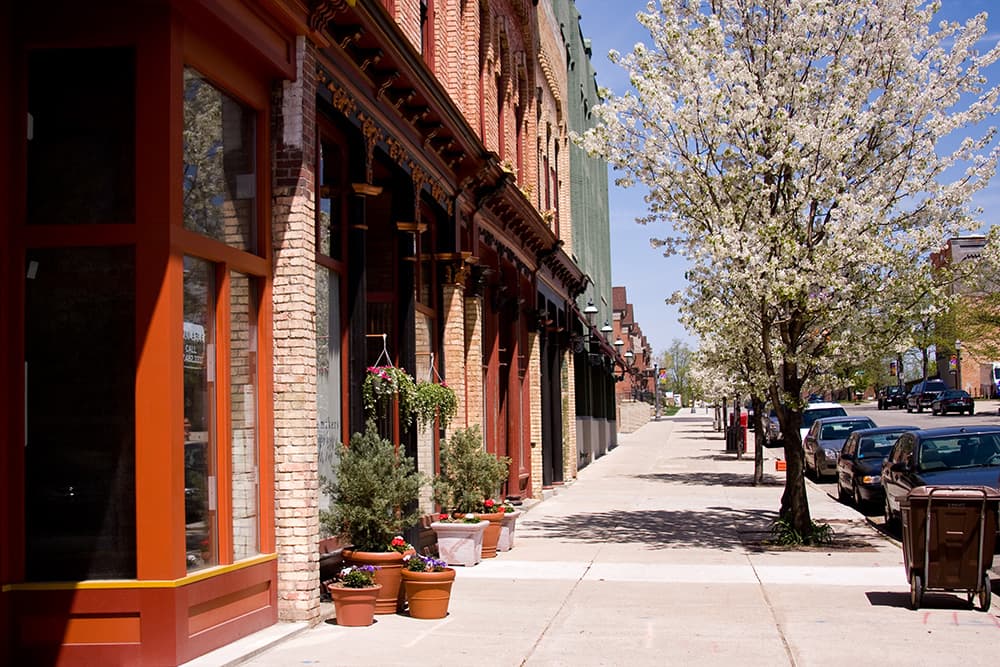Jason Furman owes an apology to Michael Boskin, the Stanford economist who wrote a year ago on these pages that Barack Obama would raise American income tax rates nearly to 60%. Mr. Furman, then in the Obama campaign and now at the White House, claimed this was wrong and that Democrats would merely raise taxes back to their Clinton-era level.
House Democrats are now proving that Mr. Boskin had it right, and before it's over even he may have underestimated how high taxes will go. In the middle of a recession and with rising unemployment, Democrats have been letting it leak that they want to raise U.S. tax rates higher than they've been in nearly 30 years in order to finance government health care.
Every detail isn't known, but late last week Ways and Means Chairman Charlie Rangel disclosed that his draft bill would impose a "surtax" on individuals with adjusted gross income of more than $280,000 a year. This would hit job creators especially hard because more than six of every 10 who earn that much are small business owners, operators or investors, according to a 2007 Treasury study. That study also found that almost half of the income taxed at this highest rate is small business income from the more than 500,000 sole proprietorships and subchapter S corporations whose owners pay the individual rate.
I
n addition, many more smaller business owners with lower profits would be hit by the Rangel plan's payroll tax surcharge. That surcharge would apply to all firms with 25 or more workers that don't offer health insurance to their employees, and it would amount to an astonishing eight percentage point fee above the current 15% payroll levy.
Here's the ugly income-tax math. First, Mr. Obama has promised to let the lower Bush tax rates expire after 2010. This would raise the top personal income tax rate to 39.6% from 35%, and the next rate to 36% from 33%. The Bush expiration would also phase out various tax deductions and exemptions, bringing the top marginal rate to as high as 41%.
Then add the Rangel Surtax of one percentage point, starting at $280,000 ($350,000 for couples), plus another percentage point at $400,000 ($500,000 for couples), rising to three points on more than $800,000 ($1 million) in 2011.
But wait, there's more. The surcharge could rise by two more percentage points in 2013 if health-care costs are larger than advertised -- which is a near-certainty. Add all of this up and the top marginal tax rate would climb to 46%, which hasn't been seen in the U.S. since the Reagan tax reform of 1986 cut the top rate to 28% from 50%.
States have also been raising their income tax rates, so in California and New York City the top rate would be around 58%. The Tax Foundation reports that at least half of all states would have combined state-federal tax rates of more than 50%.
Mr. Rangel also wants to apply his surcharges to investment income like capital gains. So the combined effect of repealing the Bush tax cuts and the new surcharges would be to raise the tax on stock appreciation by at least 60% -- to as high as 24% from 15% today. President Obama has been worrying about a capital squeeze on small businesses, but raising the capital gains tax would only further starve them of funds.
Democrats claim these tax increases on the rich won't do any economic harm. They should read the work of Christina Romer before she became chief White House economist. Ms. Romer and her husband, David Romer, a Berkeley economist, have published multiple studies on the impact of tax policy changes over the past 100 years. One of their findings is that "tax increases appear to have a very large, sustained and highly significant negative impact on output." In other words, tax hikes are an antistimulus.
Another implication of the Rangel plan is that America's successful small businesses would pay higher tax rates than the Fortune 500, and for that matter than most companies around the world. The corporate federal-state tax rate applied to General Electric and Google is about 39% in the U.S., and the business tax rate is about 25% in the OECD countries. So the U.S. would have close to the most punitive taxes on small business income anywhere on the globe.
Mr. Rangel and House Democrats are also banking on the idea that raising tax rates by 20% will raise 20% more tax revenue, but that's like telling Wal-Mart it can raise prices by 20% and get 20% more profit. When taxes on the rich rise, their reported income tends to decline. The last time the top federal income tax rate was 50%, the richest 1% paid only about 25% of all income taxes. Today, at a 35% rate they pay nearly 40%.
A new study by the Kaufman Foundation finds that small business entrepreneurs have led America out of its last seven post-World War II recessions. They also generate about two of every three new jobs during a recovery. The more the Obama Democrats reveal of their policies, the more it's clear that they prize income redistribution above all else, including job creation and economic growth.

